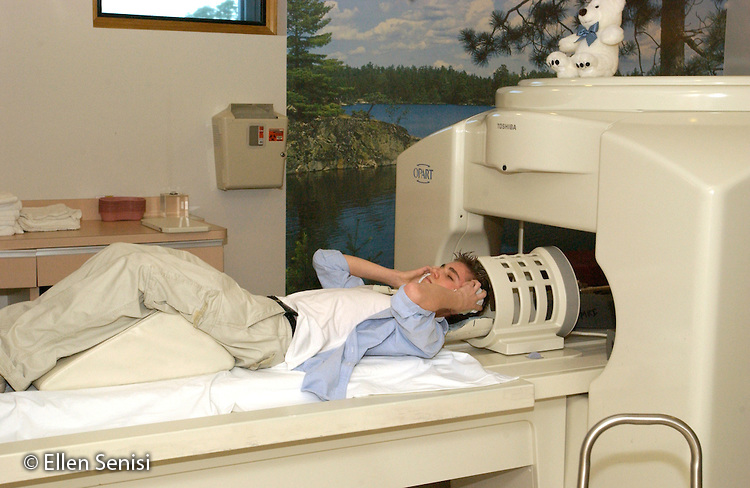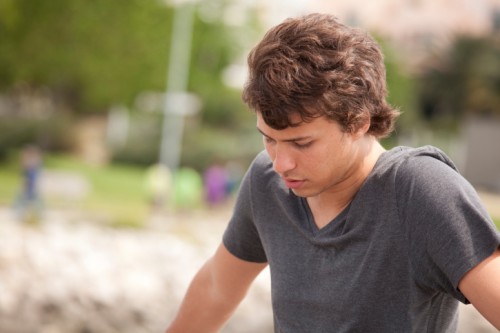Medical Costs – Prevent Care in Cancer Survivors
Anne Kirchhoff at the Huntsman Cancer Center in Salt Lake City (et. al.) published some disappointing news in the journal Cancer (Sep 24, 2012) about adolescent and young adult cancer survivors (AYA): they’re skipping essential doctor’s visits because they can’t afford them!
These are the stalwart’s who have supposedly “fought the good fight” and won – they’ve survived cancer. True, it’s a complicated issue but this is most distressing. This age group does have a lot of competing and developing priorities.
They often don’t have a family doctor who is truly involved and interested – after all, their cancer is over, right? They don’t have the money. They may now be off their parents insurance. They don’t have the transportation. They don’t have the sophisticated understanding of how to navigate the medical bureaucracy. They may even want to repress anything remotely related to their prior ordeal.
Medical Costs as a Barrier To Cancer Care Study
Dr. Kirchhoff extensively compared 979 AYA cancer survivors with 67,216 healthy control AYAs. All were 29 to 39 years old and she tracked their healthcare access and use. The survivors had all been diagnosed at 15 to 34 years of age and had showed a five-year survival.
What did they find? That no matter whether the AYA had insurance or not – survivors went without routine medical care in the previous year because of costs more often than control subjects. Is that really surprising? It shouldn’t be – I’m sure it’s the same finding for many other groups: diabetics, the elderly etc..
As would be expected, insurance status was similar in both the survivor and control groups (21% and 23%); BUT, 76% of survivors without insurance avoided medical care in the previous year because of cost while only 48% of controls did it. Even survivors WITH insurance did the same thing, except to a lesser percentage number (21% versus 11%).
 Does that need a second pass through an explanation? Basically: not having insurance was an equal problem for survivors and controls BUT cost barriers to care were higher for the survivor group. Still, what most of us could intuitively surmise.
Does that need a second pass through an explanation? Basically: not having insurance was an equal problem for survivors and controls BUT cost barriers to care were higher for the survivor group. Still, what most of us could intuitively surmise.
For anyone with a chronic disease a “routine physical” with a doctor isn’t anywhere near a “say ahh, turn your head and cough”, check the reflexes and sign the sports or camp participation form. It almost always involves getting follow-up testing – none of which, take my word on this, are priced anywhere close to what they actually cost to perform. Always, exorbitant profit margins.
Even with insurance there is going to be a substantial co-pay or deductible cost that they will need to pay.
Unique Requirements for Follow-up Care
Slightly over HALF of this age group have NO ACCESS to a personal medical provider in both survivor and control groups (63% abd 56%) which is infinitely more troublesome for the survivors due to their risk of developing chronic health conditions from the radiation, surgery and chemotherapy that cured them.
These treatments can lead to secondary cancers, infertility and cardiac conditions all of which must be looked for and treated early.
And, there are sub-groups of survivors where medical costs are an even greater obstacle. In ages 20-29 44% vs 16% avoided medical care due to cost and the same for females in this age-group (35% vs 18%).
The authors of the study wrote that they felt this issue should be “a national priority” and did suggest something that might help. “Making sure survivors are followed by specialists.”
“Patients diagnosed as children tend to be followed by pediatric oncologists…[who] understand the complexity of their therapy, the side effects, the comorbidities that may develop, and the problems due to radiation and chemotherapy. But in the AYA group, patients tend to get their therapy from an oncologist and then go see a primary care physician. Maybe it would be better if their medical home is with the oncologist, not with a family physician, because [oncologists] will be much more used to dealing with the kinds of issues that cancer survivors have and are not going to be ordering a lot of unnecessary things out of ignorance of the late effects.”
It’s truly amazing to me that today adolescents and young adults have an eighty percent five-year survival rate for all forms of cancer. The question is: can they survive the cost of the medical system after they beat the cancer?
[Cancer Sep 24, 2012]

